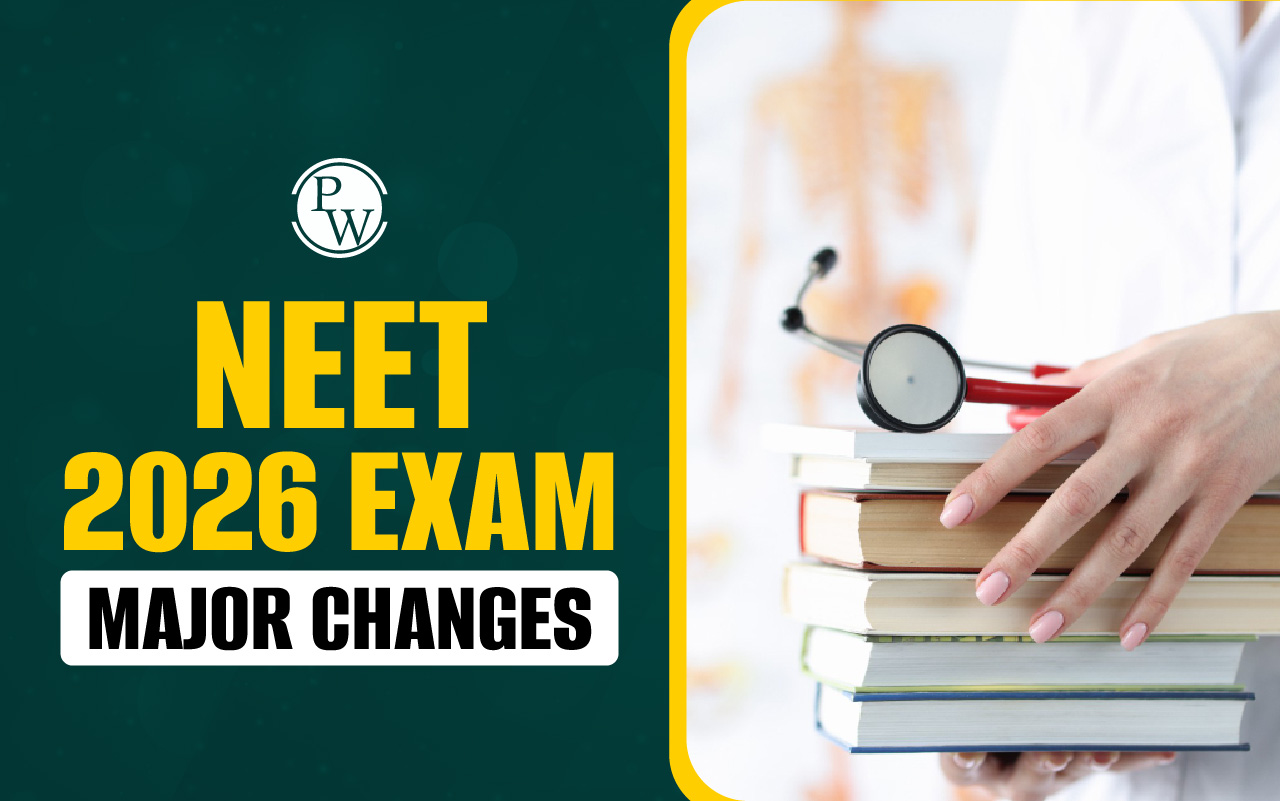
Difference between Ideal and Non-Ideal Solution: NEET aspirants can refer to the notes provided below to study the Difference between Ideal and Non-Ideal Solutions. This topic is an important part of the NEET chemistry syllabus . An ideal solution is a theoretical mixture where the components do not interact, and the properties depend solely on the quantity of each substance.
A non-ideal solution involves interactions between the substances, leading to different behavior. These interactions can either bring the molecules closer (positive deviations) or push them apart (negative deviations), affecting properties such as vapor pressure and boiling point. Factors like molecular size, polarity, and intermolecular forces influence the degree of deviation from ideal behavior. The following article provides a detailed explanation of the Difference between Ideal and Non-Ideal Solutions, along with examples.
Difference between Ideal and Non-Ideal Solution
NEET aspirants can refer to the table below to understand the key difference between Ideal and Non-Ideal Solutions. The difference between Ideal and Non-Ideal Solution helps in understanding how different solutions behave under varying conditions.:
| Difference between Ideal and Non-Ideal Solution | ||
| Property | Ideal Solution | Non-Ideal Solution |
| Raoult’s Law | Follows Raoult’s Law at all concentrations and temperatures. | Does not follow Raoult’s Law, showing positive or negative changes. |
| Enthalpy of Mixing (ΔHmix) | Zero (ΔHmix = 0). No heat is absorbed or released when mixed. | Not zero. Heat is either absorbed or released during mixing. |
| Volume of Mixing (ΔVmix) | Zero (ΔVmix = 0). The total volume equals the sum of both parts. | Not zero. The total volume is different from the sum of the parts. |
| Intermolecular Interactions | The interactions between all components are similar. | Interactions between components are different from each other. |
| Examples | Benzene and toluene, hexane and heptane. | Ethanol and acetone (positive deviation), phenol and aniline (negative deviation). |
| Deviation from Raoult’s Law | No deviation. | Positive deviation: Vapor pressure is higher. Negative deviation: Vapor pressure is lower. |
| Formation of Azeotropes | Does not form azeotropes. | Can form azeotropes. |
| Nature of Components | Components are similar in size and polarity. | Components may vary in size, shape, or polarity. |
Examples of Ideal Solution
Ideal solutions follow Raoult’s Law at all concentrations and temperatures. Some examples include:- Benzene and Toluene
- n-Hexane and n-Heptane
- Bromoethane and Chloroethane
- Chlorobenzene and Bromobenzene
Examples of Non-Ideal Solution
Non-ideal solutions do not follow Raoult’s Law and can show positive or negative deviations. Examples include:
- Ethanol and Acetone (positive deviation)
- Chloroform and Acetone (negative deviation)
- Phenol and Aniline (negative deviation)
Physics Wallah’s NEET online coaching is a top choice for NEET UG preparation. PW offers a range of courses, including free coaching in multiple languages, with affordable fees, expert faculty, live and recorded classes, doubt-solving sessions, and study materials. Enroll now and start your NEET preparation!
Difference between Ideal and Non-Ideal Solution FAQs
What are the differences between ideal and non-ideal solutions?
What is the ideal and non-ideal solution?
What is ideal solution and examples?
What is the difference between ideal and non-ideal gases?










